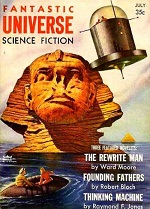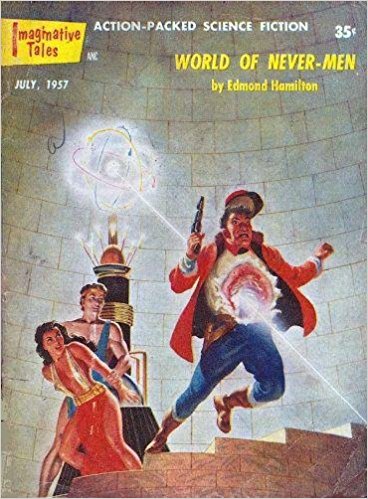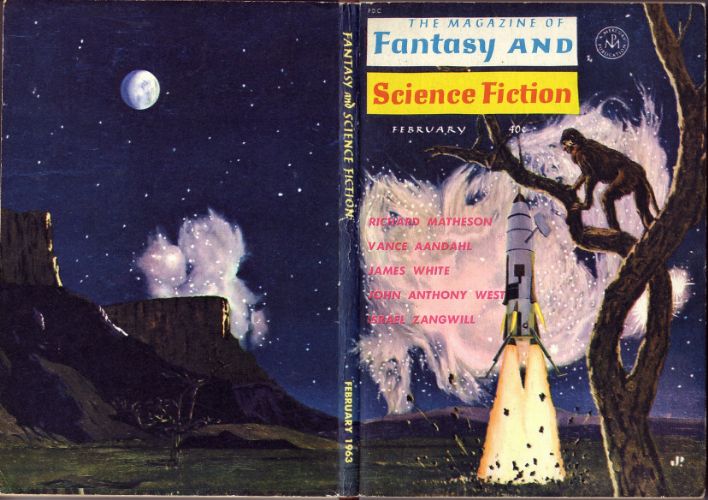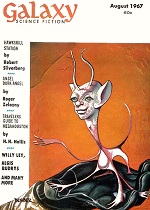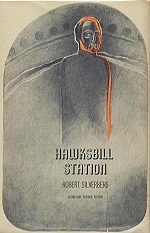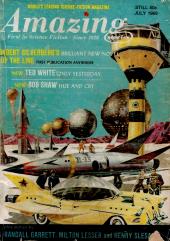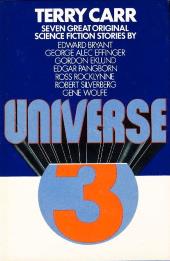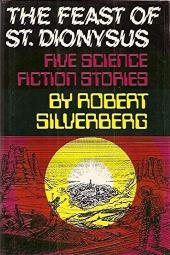Short Story
Absolutely Inflexible
- by Robert Silverberg
- Fantastic Universe, July 1956
Whenever one-way jumpers from the past show up, it’s up to Mahler to shuffle them off to the moon where they won’t present any danger of infection to the rest of humanity, but now Mahler is faced with a two-way jumper.
Even a cold, a common cold, would wipe out millions now. Resistance to disease has simply vanished over the past two centuries; it isn’t needed, with all diseases conquered. But you time-travelers show up loaded with potentialities for all the diseases the world used to have. And we can’t risk having you stay here with them.

